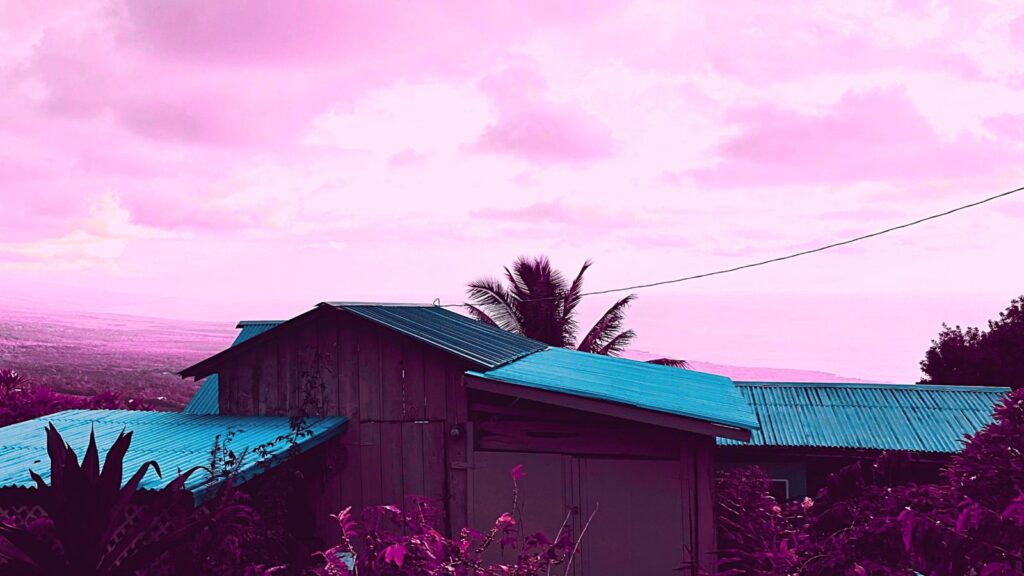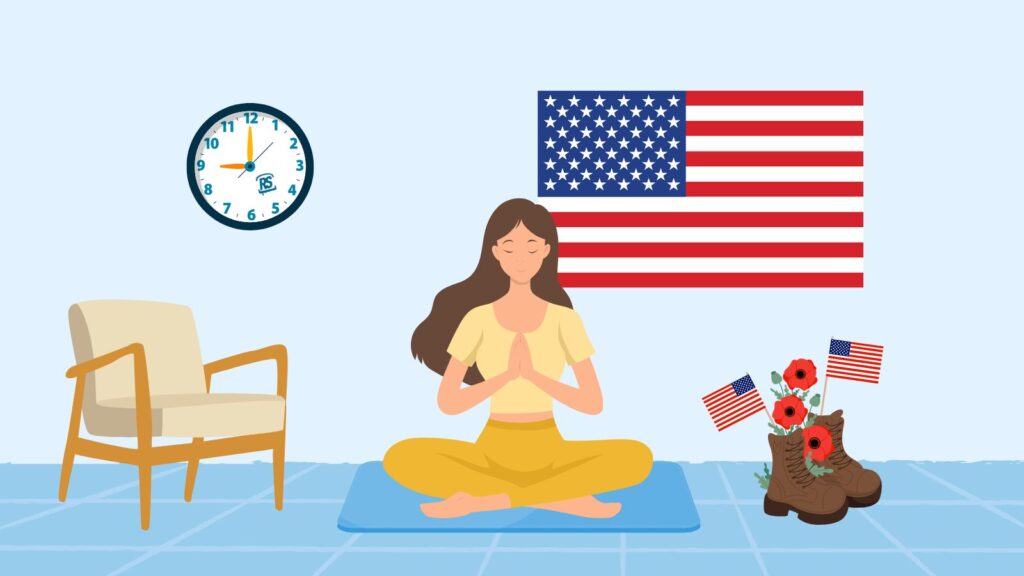This piece appears in Occupy Consciousness: Essays on the Global Insurrection, an anthology that is offered as a free gift from the Evolver Social Movement, available for download here. Please consider supporting the work of the Evolver Social Movement with a tax free donation.
When I first heard about the occupation of Zuccotti Park last fall, I was sitting comfortably in my uncle's beachfront apartment in southern California. My close friend Dallas, an avid Facebook updater, had posted his own first-hand images and descriptions of the events on his wall, as well as links to collections of similar information and videos as they became available. Shocked to see evidence of such a significant protest, not in the Middle East, but right in downtown New York City, where my uncle and I are both from, I eagerly relayed the news to him. The problem was, he didn't believe me.
Ever since his days at the college paper, my uncle has been a television and print news junkie. He is the reason why Marriott elevators play CNN, Caesar's Palace airs Fox in the Roman Baths and the Hotel Imperial in Vienna delivers the Herald Tribune with your morning coffee, if you're American, anyway. Ever since we shared the experience of witnessing the collapse of the World Trade Center on television so many years ago, he and I have sustained a discussion surrounding naïve realism and mass media spectacle.
Like many people, my uncle believes that what makes it into the mass media dialogue is basically the truth. He feels that the validity and significance of a story will always lead to its finding a home within the mass media. From his perspective, radical or conspiratorial views are marginal because they are simply less valid. I find his view absurdly naïve. It seems to me — and most of my friends — that corporate media will always exclude some stories and play up others based on their own narrow interests. Different media companies reflect similar underlying structures that seek political and economic gain. Therefore, radical points of view are systematically squashed and marginalized, leading to an implicit, if not explicit, conspiracy of corporate American values.
The fact that people of my uncle's mindset cannot see beyond the mass media envelope is akin to a fish unable to think ‘water' because it is completely immersed within it. This is what media theorist Marshall McLuhan called, the "invisible media environment." According to McLuhan, once the old media is made obsolete by the new, what was previously invisible becomes visible, and the old world becomes the content of the new. Let's consider what happened at Zuccotti in this light.
The Occupy protest took place in an extremely high-visibility location — Zuccotti is only a block from the Milky-Way's most intense rubber-necking attraction, ground-zero — but the mainstream media simply ignored the first days of the occupation. Companies like Fox, the New York Times, and CNN are supported by advertising revenue from major financial institutions. Their dependence upon the system determines how they cover Wall Street. While the major media conglomerates operate from this same small island of Manhattan, and could not have missed this uprising happening at the epicenter of the financial world, they cast a blind eye upon it. Even The New York Times, believed to be the voice of liberal conscience, refused to give the protest lip service at first. In their first foray, they ran an embarrassingly negative piece by Gina Bellafante that sought to diminish the significance of the uprising.
But the media landscape in 2011 has changed significantly. Because of the extraordinary proliferation of smart phones and new social technologies, the occupiers were able to take matters into their own hands, circulating photos, Blog posts, and video of the events, disseminating the information directly to their circle of friends and beyond, via Facebook, Youtube, Twitter, and so on. This is how, from the beach in California, I was able to see posts from my friend Dallas, someone I know personally and whose information I trust. His updates showed me exactly what was going on, a significant protest with shocking violence and police brutality. On Youtube, a video of young women fenced in and sprayed with mace for no apparent reason suddenly grabbed the public's attention. The ability of videos such as this one to go viral and reach millions of people in a few days reveals that the old media environment is becoming obsolete, as we enter a new one. The sluggish response of mainstream media, the politically motivated nature of their editorial processes, and the lack of a concrete and trustworthy human link are simply no match for a global network of people with smart phones and social-media tools, a decentralized swarm that is a new civil society power. With the overreaching violence of the police now common knowledge, the ice quickly melted and left-leaning media personalities like Keith Olberman and Michael Moore started to speak out. In fact, they would have been perceived as irresponsible, and would have lost credibility as progressives, if they didn't respond to what was taking place.
The lack of mainstream coverage in the first five days was a glaring omission, and one of the main topics initially discussed. But even after this, as the media caught up, and even published some excellent pieces (such as Frank Rich's account in The New York Times that noted Occupy Wall Street was revealing a new "architecture of consciousness"), the attempts to marginalize the uprising continued, and all but drowned out legitimate representations of the movement. A fish, we must remember, cannot breathe outside of water and so will submerge itself once again until it dies a 'natural' death.
The occupiers were youthful and inventive. Moving quickly to develop an alternative media infrastructure, they started live webcams, published their own newspapers, and created other forms of DIY news. As Occupy stayed true to its anarchic, process-oriented ideals, the uprising spread rapidly across the planet, replicating itself in city after city. Despite the scoffing and snarky putdowns from the mainstream, Occupy managed to shake many people out of the trance of television and print media, altering the carefully scripted discourse. Over the course of several months, the planetary community received a Shakti-burst of insight into our potential to reconstitute society through humane and ecological values that are beyond money, that are ultimately ubiquitous. We are like sleepers awakening from a dream, and as we awaken, we realize that the urge to rebel against the collusion of corporate media and financial institutions — the sorcerers who maintain the spell — is everywhere. It has been hidden under the surface all along.
The weeks that followed the onset of Occupy revealed a perpetual dialogue between the social media sites, such as Facebook, Twitter, Youtube, and the old media rulers. If the New York Times changed a page that had already been posted without referencing it, someone on Facebook would show the before and after with side-by-side screenshots. But there is a darker more Pynchon-esque side to the new media too. The new anonymous power of the multitude to "culture jam" and create discourse around power and control can also be used irresponsibly, even dangerously.
At one point, a number of posts claimed that Facebook was trying to censor a picture of the protest. Even some friends of mine started to post this photo — which was actually of a mob of baseball fans in the streets near City Hall — claiming it was a huge Occupy protest that Facebook was suppressing. Evidently they weren't checking what they were doing before they posted. They were disseminating the images simply because they 'wanted' to believe it. Any New Yorker should have known that the image was not what the caption claimed: baseball fans and protestors against social injustice have a different look. By spreading a deceptive image, the posters threatened the delicate balance between the powers-that-be and the emergent opposition. At that delicate point in the ongoing narrative of Occupy, if enough people believed that a massive swarm of people was taking place and being ignored by the media, it might have incited riots. The new media power that spreads memes and images virally allows many people to amplify what is happening without taking responsibility or being ethical — a similar example was the rapid dissemination of the recent Kony video, which turned out to be a form of propaganda. At this point, there are many people who haven't taken responsibility for their new social power. They enjoy yelling "fire" in a theatre to watch the ensuing chaos unfold.
Both fortunately and unfortunately, this is the new hyper-mediated world in which we are now immersed. Occupy Wall Street promises to be only the beginning of this story. Right now, "cold wars" over media hacking, viral propaganda, municipal evictions, are raging rapidly, while political organizations and private companies seek to manipulate the new situation to their advantage. The choice we make, individually, as to how we use our new extraordinary connectivity and media power is the front line of a global struggle for the future of the earth. The situation requires deeper awareness and responsible participation on all of our parts. The new media environment is characterized by networks of trust between connected individuals, and is thus horizontal rather than hierarchical. Instead of getting "All the news that's fit to print" from one authoritative source, we have all becoming collaborators in discovering and sharing what is relevant to our lives.
By the time an old media environment is rendered visible on a large scale, a new and invisible one has already replaced it. In order to avoid regressing into outmoded forms, we must learn to surround and contain the old world, while developing a stable relation to the new. Following McLuhan's metaphor we might make a jump from fish to amphibian. We do this by searching out and playing with the boundaries of what was previously invisible to us, and making it visible for ourselves as well as others. One crucial reference point for this emergent culture is gatherings, such as festivals (or the now-forbidden Occupy zones) where an alternative culture, based on trust and transparency, can manifest temporarily. For instance, I could easily see the gaps in the mass media's presentation of the facts, where my uncle couldn't, because I participate in a counterculture of festivals like Burning Man. These "temporary autonomous zones" ritually turn our world upside down and redefine our social boundaries, revealing the constructs of every-day life, and our potential to change them.
Our changing media landscape is chaotic and unpredictable. The new environment of our communication technology empowers us as individuals, but it can also lull us into a dreamlike state of trance if we do not take responsibility for our new capabilities. In this time of intensifying pressure and ongoing insurrection — at "the edge of history," as the cultural theorist William Irwin Thompson defines it — we are discovering that we possess the power to remake the world as active participants, if we learn to collaborate. The alternative is to passively "enjoy the ride" as the prevailing system of domination and surveillance continues to strangle and suffocate the planet, erasing our identities in the process.
Faust. If ever I lay me on a bed of sloth in peace,? That instant let for me existence cease!? If ever with lying flattery you can rule me? So that contented with myself I stay,? If with enjoyment you can fool me,? Be that for me the final day!? That bet I offer!? Mephistopheles. Done!
image by Sunset Parkerpix, courtesy of Creative Commons license.














